Full Art Mode
Exit Full Art Mode by clicking on Page or ESCTouch screen to exit Full Art Mode
skip
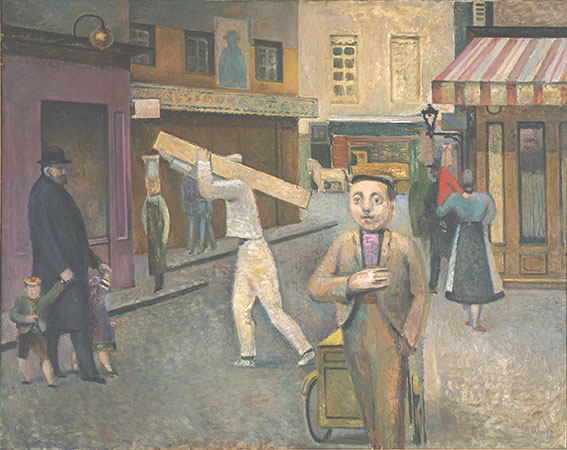
review
Balthus
Balthasar Klossowski de Rola
24.02.2016 - 19.06.2016
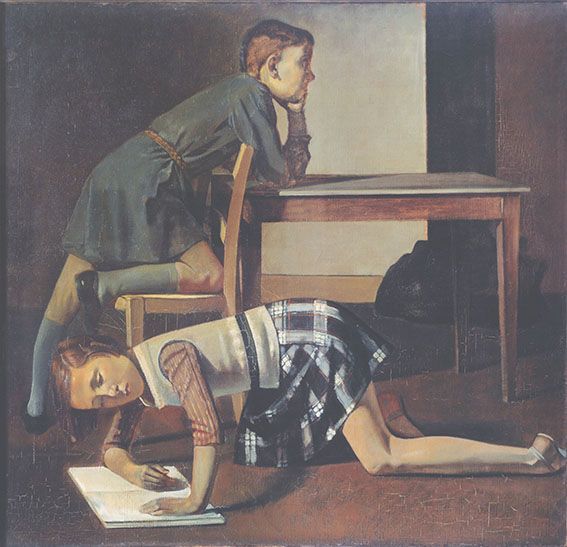
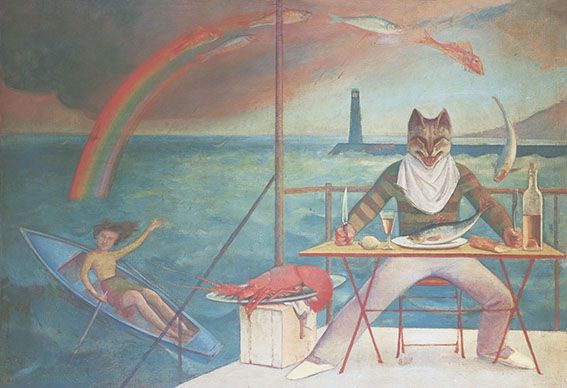
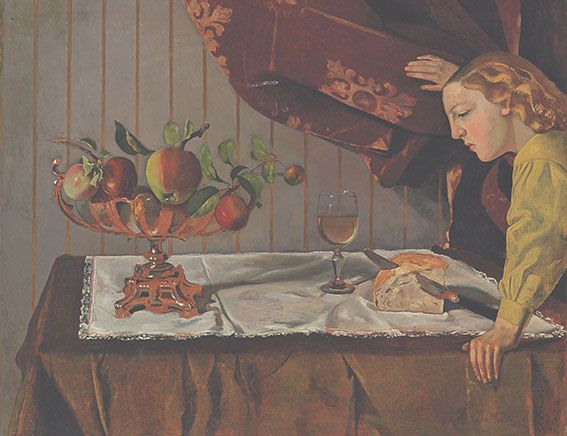
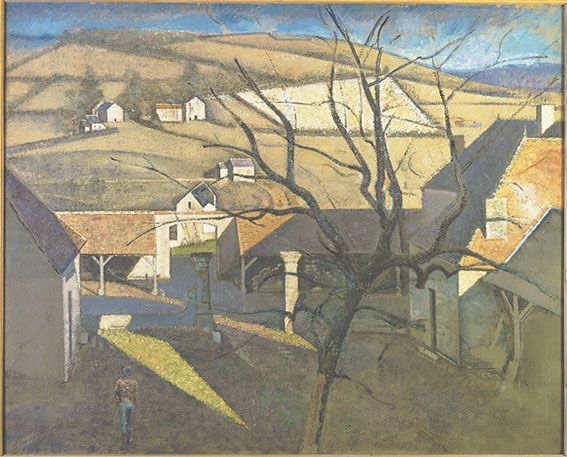
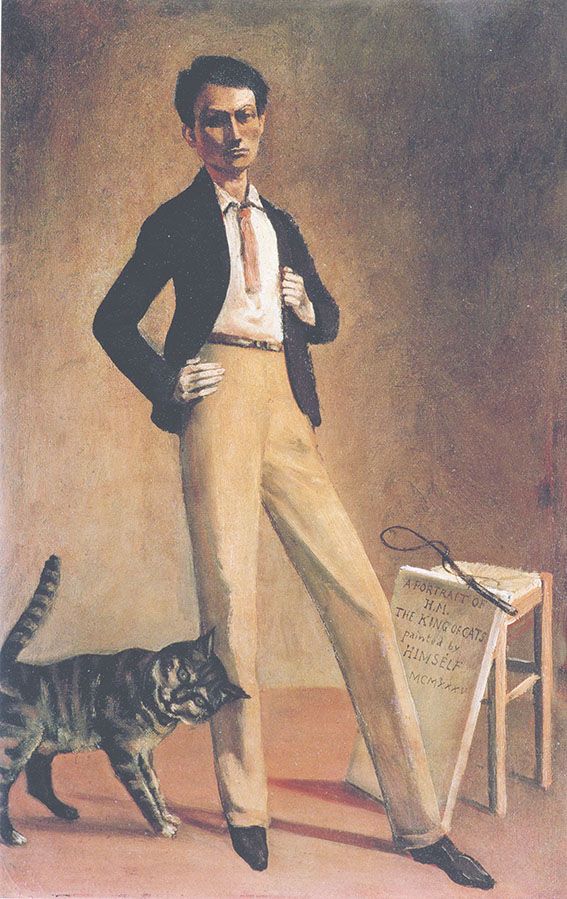
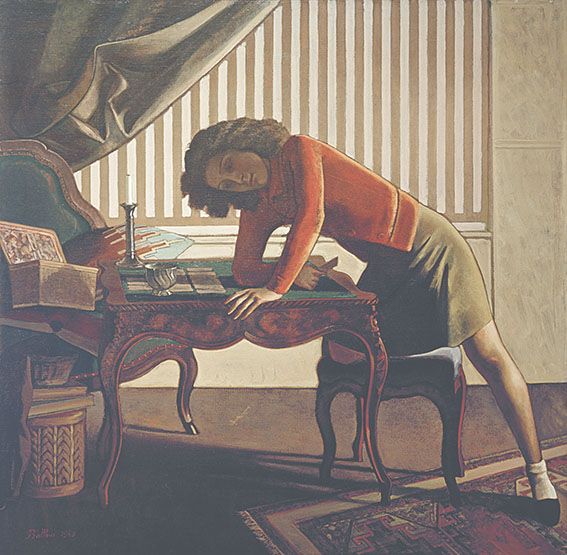
For the first time in Austria the Bank Austria Kunstforum Wien is presenting a retrospective of the work of Balthasar Klossowski de Rola (1908–2001), called “Balthus”, one of the great lone wolves among the painter personalities of the twentieth century. The exhibition casts light on Balthus’s work, starting with his early inspiration from the quattrocento, then going on to the works revolving around Surrealism and neue Sachlichkeit (“New Objectivity”) encompassing France, the German-speaking regions and Italy, and finally to his preoccupation with East Asian art. Balthus, who never put representational art to question, remained aloof from all avant-garde developments and cultivated his own style of “different Modernism”.
His oeuvre is moulded by the intellectual and polyglot environment in which he grew up: Rainer Maria Rilke was his mentor, Wuthering Heights by Emily Brontë inspired him as much as the world of Lewis Carroll’s Alice in Wonderland. He befriended Antonin Artaud and Alberto Giacometti – in later years also David Bowie and Bono. His brother Pierre Klossowski, André Gide’s secretary, is the translator of Friedrich Hölderlin and Walter Benjamin, his preoccupation with de Sade is reflected in several of his writings.
To appreciate Balthus’s consistently structured painting, which shows no expressionist elements whatever, we must discover the mysterious, archaic and also uncanny aura of his pictures, explore worlds that summon up the fantasies and imagination of our childhood – also without sparing ourselves a certain cruelty.
The exhibition traces this assessment of Balthus as an artist beyond the pale of normality: Balthus, who by means of subtle nuances sets up a frozen, enigmatic harmony, in his own words: “I have always felt the need to find the extraordinary in the ordinary; to suggest, not to determine, always to leave something enigmatic in my pictures.”
The support of the artist’s family and loans from international collections – Centre Pompidou, musée national d’art moderne , Paris, The Art Institute of Chicago, Tate London, The Metropolitan Museum of Art, New York – underscores the significance of this project.
This exhibition is a cooperation with the Scuderie del Quirinale, Rome and the Villa Medici, Rome.
curated by
Evelyn Benesch
Cécile Debray
Matteo Lafranconi
Cooperation
Scuderie del Quirinale, Rome
Villa Medici, Rome
review
Martin Kippenberger
08/09/2016 - 27/11/2016
review
